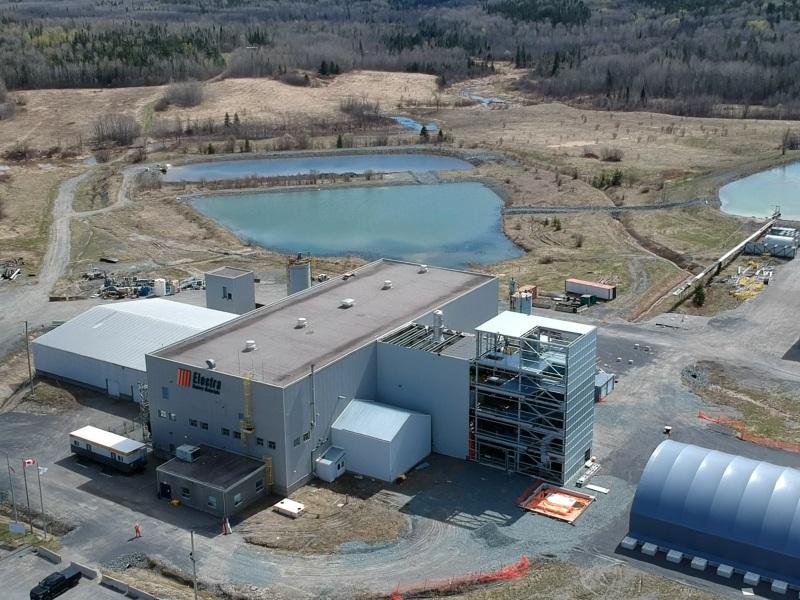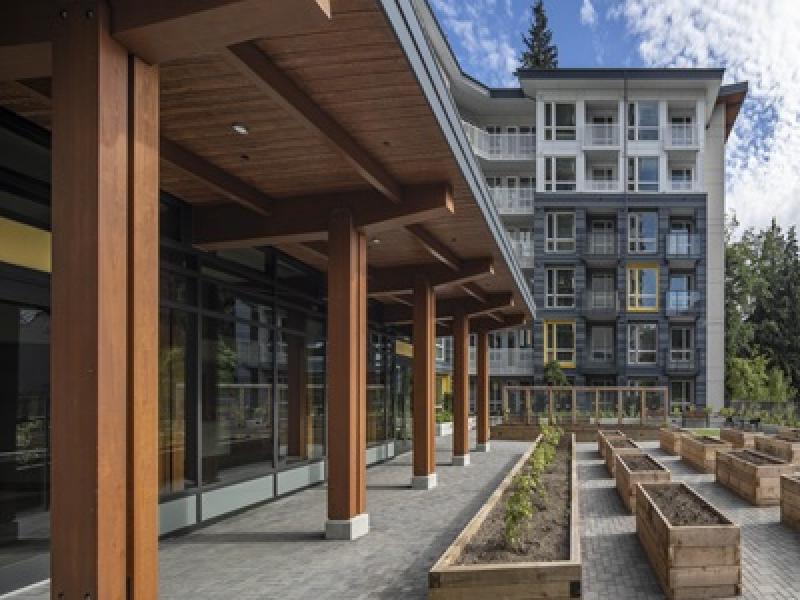![]() HPQ Silicon Inc. (HPQ-X) commissioned its Fumed Silica Reactor (FSR) pilot facility, putting the Montreal company one step closer to commercializing technology which produces silica while producing half as many greenhouse gas emissions.
HPQ Silicon Inc. (HPQ-X) commissioned its Fumed Silica Reactor (FSR) pilot facility, putting the Montreal company one step closer to commercializing technology which produces silica while producing half as many greenhouse gas emissions.
Fumed silica is used to make paints, adhesives and pharmaceutical products. Rather than subject silicon metal to an energy-intensive process that generates hydrogen chloride gas as a by-product, FSR employs a plasma technology that transforms quartz into silica.
In a release, HPQ said its technology provider, PyroGenesis Canada Inc., had informed HPQ subsidiary, HPQ Silica Polvere Inc., the FSR pilot plant was ready for commissioning following a successful test.
The test validated the FSR concept, which could help reduce risks and the time required to ramp up to a commercial-scale facility, HPQ said.
FSR's pilot is now in the "batch production stage" where samples of fumed silica will be produced for testing, and HPQ will prepare for full-scale production.
“With the pilot plant now ready to produce materials, we are one step closer to providing sample materials for external testing while showcasing the remarkable potential of our FSR technology,” Bernard Tourillon, president and CEO of HPQ Silicon and HPQ Silicon Polvere, said in a release.
What comes after commissioning
The technology is designed to generate 50 to 60 per cent fewer carbon emissions compared to conventional fumed silica production, equivalent to a reduction of approximately five tonnes of carbon dioxide per tonne of fumed silica. An additional sustainability advantage is that it uses a minimum of 86 per cent less energy, Tourillon previously told Sustainable Biz Canada.
The primary goal of the batch production, HPQ said, is to ensure it can consistently reproduce properties such as viscosity and thickening behaviour. HPQ said the pilot is planned to make 50 tonnes of fumed silica per year.
If it passes the test, semi-continuous operation will be the next step. The target is to produce at least 200 kilograms of commercial-grade fumed silica samples for testing and validation.
The samples will be examined internally and sent to chemicals company Evonik Corporation and possibly other organizations, HPQ said. Lab tests have produced fumed silica meeting Evonik’s needs, HPQ disclosed in July.
By Q1 2025, the direction will shift to optimizing the pilot plant to produce food- and pharma-grade fumed silica. Another key goal is to operate the pilot at full capacity – running multiple daily production cycles and producing commercial-grade material. The system could make as much as 161 kilograms of fumed silica per day, if it operates at 20 hours a day, HPQ expects.
A full-scale production facility would require up to $40 million in investment before generating cash flow, Tourillon said in June 2023. He expected interest from end-users and established fumed silica producers.
The commercial plant is expected to make 1,000 tonnes of fumed silica per year.









